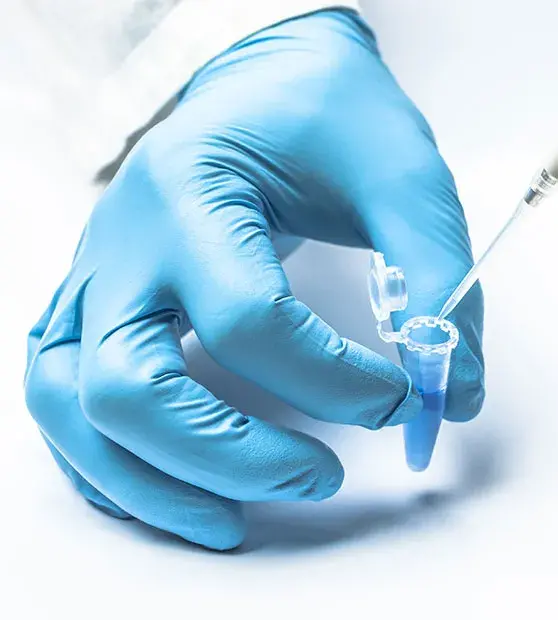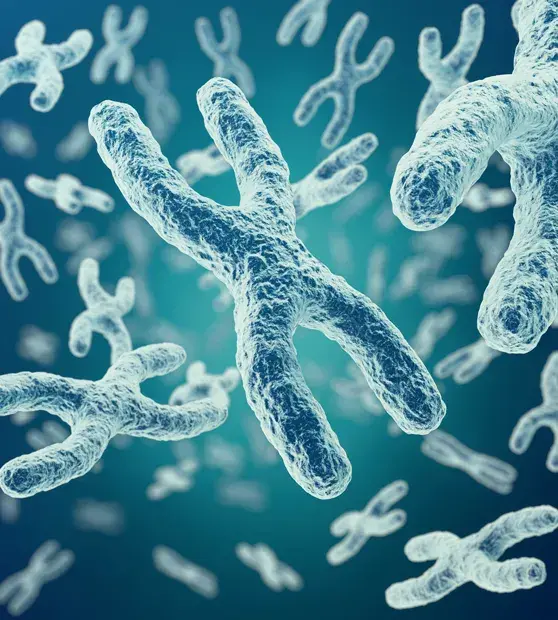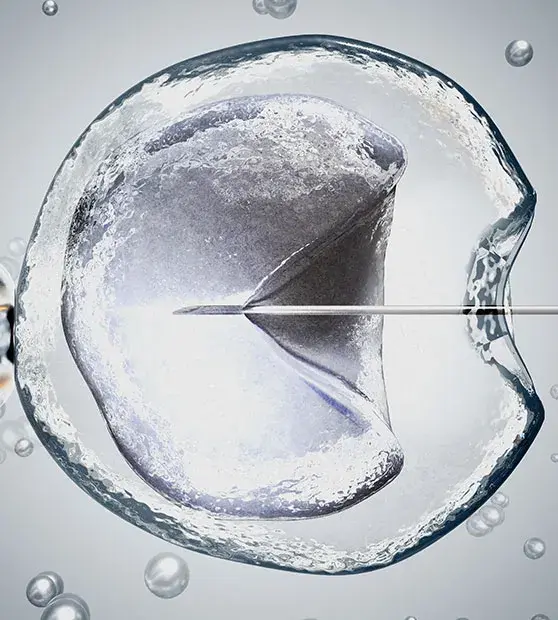Preimplantation Genetic Testing for Monogenic or Single Gene Disorder gene (PGT- M)
Preimplantation genetic testing for a Monogenic or Single Gene Disorder(PGT‐M) is formerly known as Preimplantation genetic diagnosis (PGD). PGT-M is a diagnostic tool for detecting single-gene disorders in patients with a high risk of passing genetic abnormality to their children. This test helps to reduce the risk of having genetic diseases in children.
Why should PGT- M be done?
This test helps couples in conceiving a healthy pregnancy. The procedure is performed before a female conceives. PGT- M:
- Examines the DNA of each embryo
- Recognizes the healthy embryo
- Assists the physician in deciding which embryo is suitable for transfer
Who should consider PGT-M?
PGT-M is recommended in:
- Fertile couples with a family history of a hereditary condition
- Couples who had a history of severe monogenic or single-gene disorder disorders (some common examples: Cystic Fibrosis, Spinal Muscular Dystrophies or SMA, Huntington Disease)
What are the necessities for performing PGT-M?
A genetic disorder results in an altered gene function by an altered DNA sequence (or, mutation).
- For a PGT-M, a set-up test is important. Each couple has its unique probe which is used to implement the test on embryos
- Blood samples are taken from the couple or their family members for building the probe.
How and when is PGT-M performed?
This procedure includes testing embryos produced via IVF, selecting and transferring the ones with the correct amount of chromosomal material.
- A biopsy of the embryo is taken after it is grown in culture for about five days and reaches the blastocyst developmental stage made up of hundreds of cells.
- The biopsy involves the removal of 5 to 7 cells of the external layer of the embryo, called trophectoderm, without touching the inner cell mass that gives rise to the fetus.
- Analysis of the embryo’s genetic material is carried out.
- Embryos are cryopreserved following biopsy. The suitable embryos, based on the PGT-M results, are thawed and transferred to the patient’s uterus in a subsequent cycle.
Is it safe to perform PGT-M?
It is safe to carry out PGT-M. The procedure needs to be handled by a skilled embryologist. Normal embryo development can be seen after the embryo biopsy.




